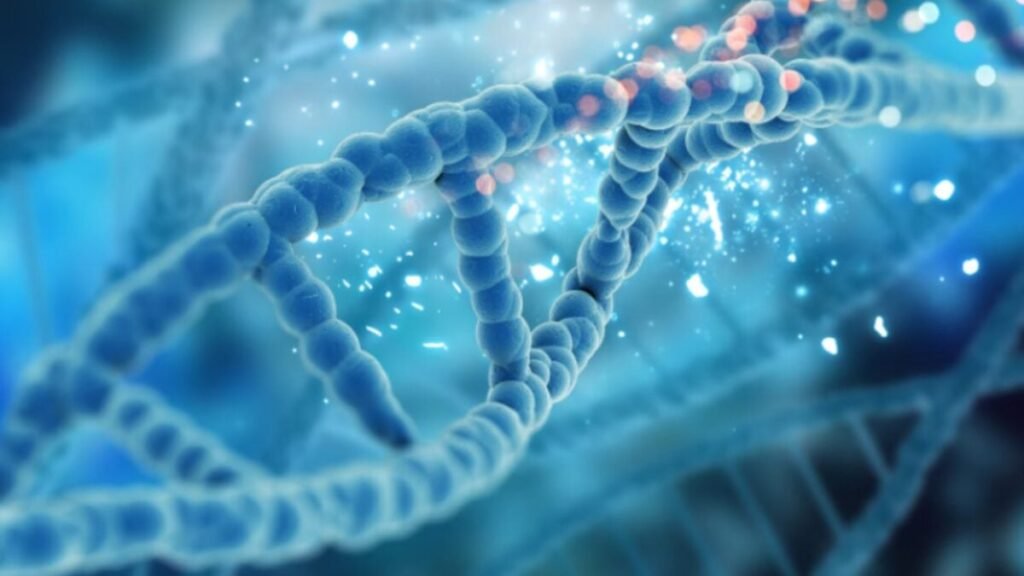The secret of hibernation may be encoded in our DNA.

Genes with dormant potential discovered
Researchers from the University of Utah have found genes in humans that are similar to those utilized by hibernating mammals to survive the winter. These genes, which enable efficient fat storage and consumption in animals, remain inactive in our bodies. The key lies in DNA regulatory regions associated with the FTO genes, known for their role in obesity. While certain variants of this region are linked to obesity in humans, they function as switches regulating energy expenditure in hibernating species.

Mice engineered to mimic hibernation
To further investigate, scientists introduced these regions into the DNA of mice and observed significant changes: variations in weight depending on diet, improved temperature regulation, and metabolic adjustments. This discovery indicates that these “switches” do not generate new genes but unlock existing metabolic capabilities. Additionally, the study of fasting mice — which simulate aspects of hibernation — revealed the activation and deactivation of key genes, along with metabolic changes, mirroring those seen in hibernating animals.
An evolutionary perfected adaptation

The research team examined DNA regions that have remained nearly identical for over 100 million years in mammals but have undergone alterations in hibernating species. These changes appear to be evolutionary adaptations that eliminate metabolic barriers, enabling a seamless transition between an active state and a state of deep inactivity. Rather than inventing new functions, hibernation refines existing ones. This suggests that, theoretically, humans could potentially “switch on” this capability by manipulating these regulators.






